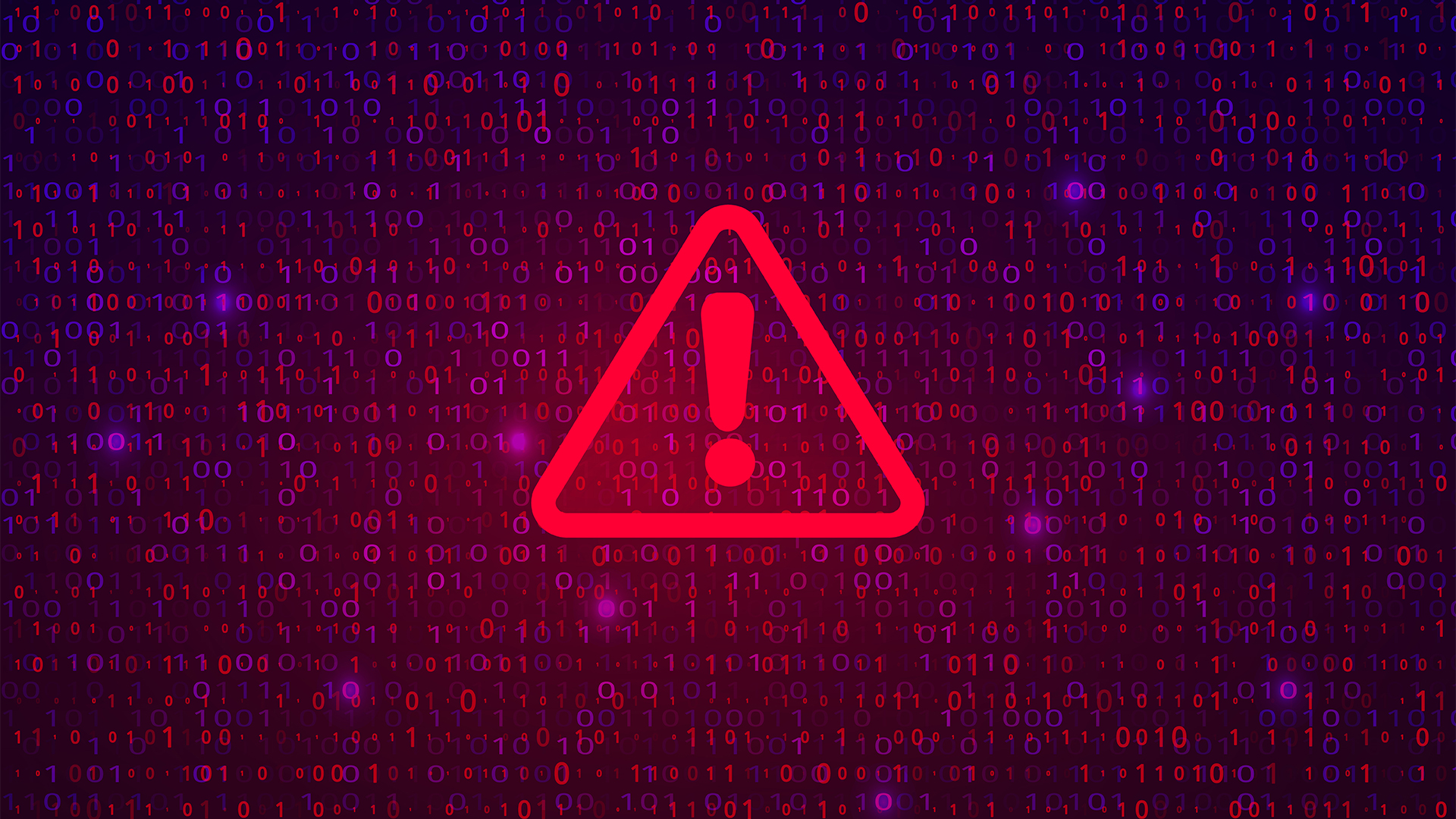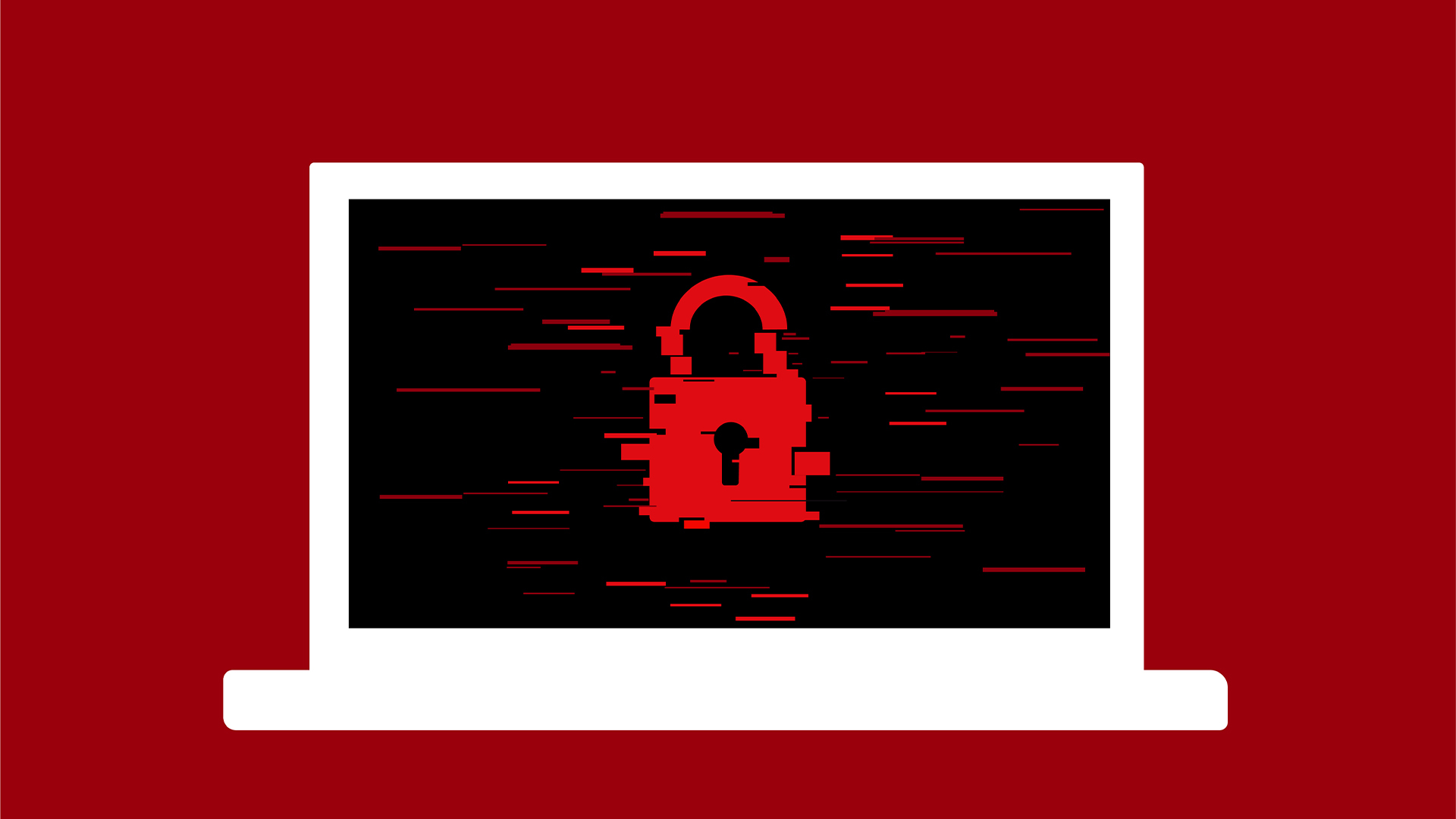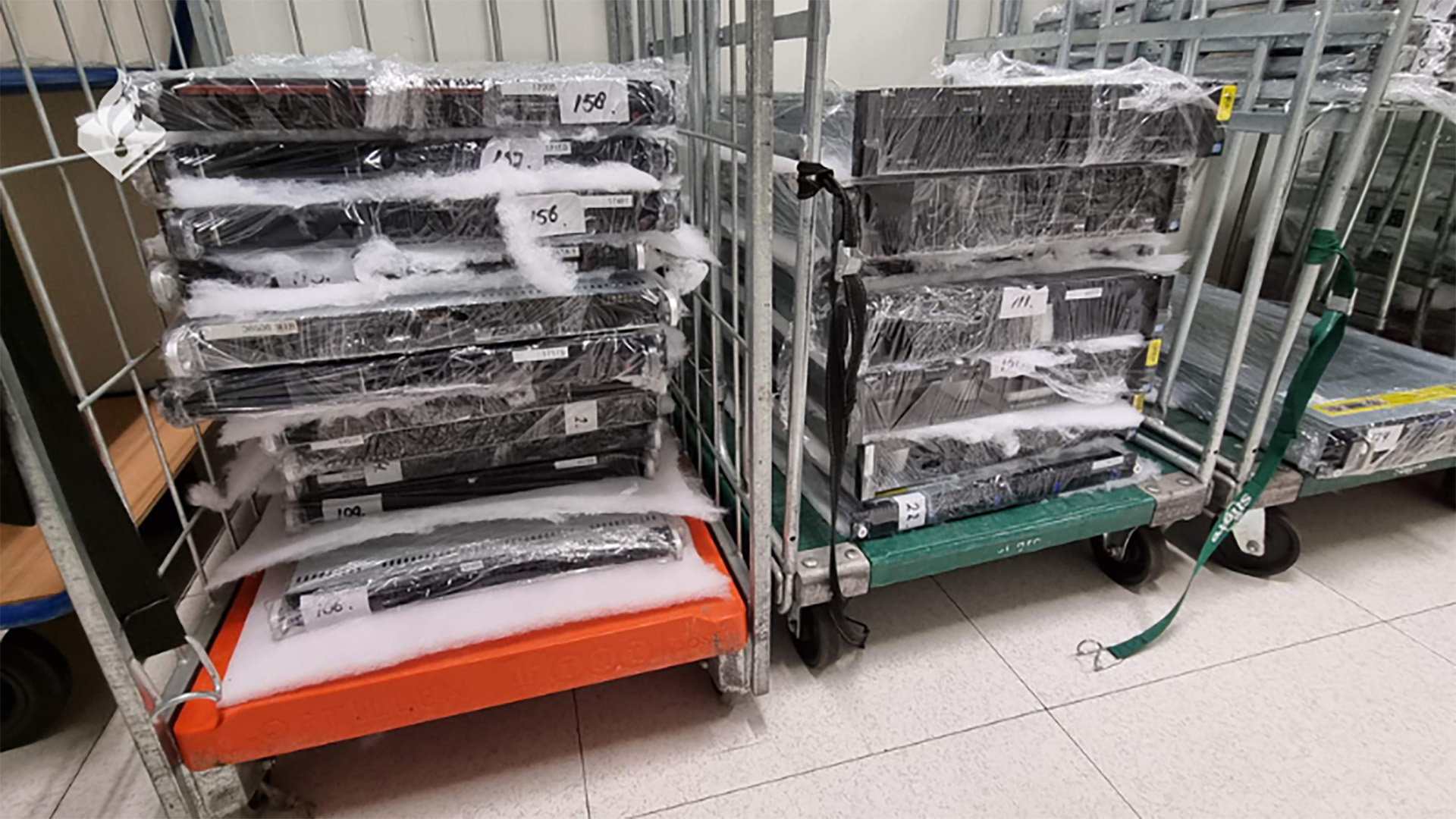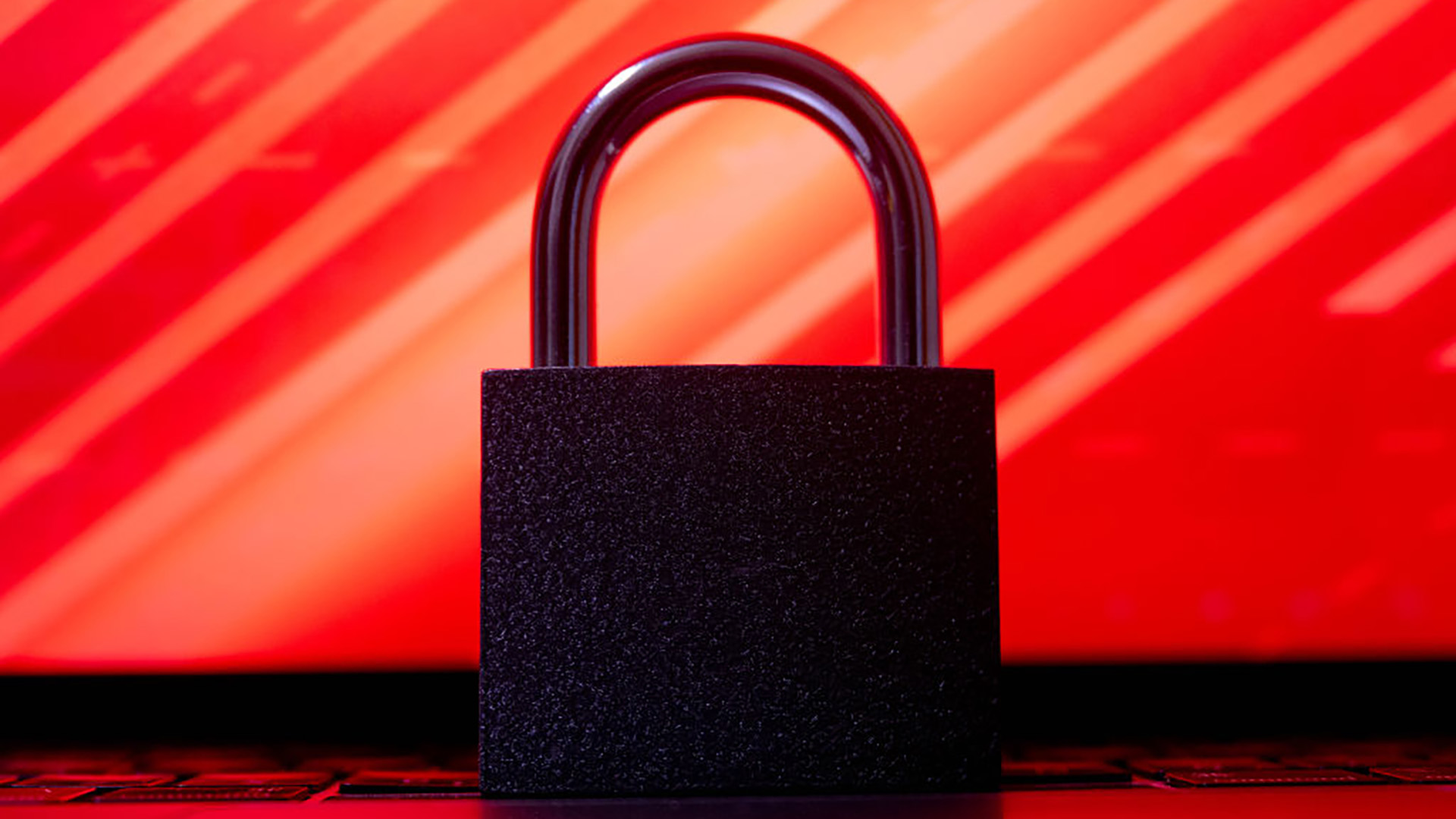US identifies and charges SamSam ransomware authors
In a wave of attacks spanning three years, the US government has charged the people behind it, but getting them in handcuffs won't be easy


The US has identified and charged two Iranian men who it believes to be behind the SamSam ransomware attack that has run riot since 2015. The only issue is, US authorities don't have the jurisdiction to reprimand them at this time.
Believed currently to be in Tehran, the two men are out of US jurisdiction but the country's law enforcement is seeking alternative methods for their capture.
"Although the alleged criminal actors are in Iran and currently out of the reach of US law enforcement," the FBI said, the BBC reported, "they can be apprehended if they travel, and the United States is exploring other avenues of recourse."
"The allegations in the indictment unsealed today - the first of its kind - outline an Iran-based international computer hacking and extortion scheme that engaged in a 21st-Century digital blackmail," said US assistant attorney general Brian Benczkowski.
The ransomware attack is one of the most prevalent of its type in recent years, making headlines by holding up high-profile targets to their demands. American cities such as Atlanta, Indiana and New Mexico have been hit hard in particular, a hospital in Indiana was reduced to working by pen and paper earlier this year after their systems were hit by the attack. In 2016, a hospital in Hollywood was also forced to turn patients away and ultimately complied with the ransom demands and paid $17,000 in bitcoin.
It was misery in March 2018 for Atlanta which suffered a crippling attack on government systems. Five out of the 13 major government departments were reduced to pen and paper, including law enforcement who also lost a number of police records in the process. City council officials were resigned to sharing one clunky personal laptop between three, Reuters reports. How did they get access to so many systems? One researcher took to Twitter to highlight a glaring error.
When greeted with the splash page after the system has been infected, users are met with a lot of 'sorry' messages, presumably peppered to illicit a feeling of honesty, that the authors of the ransomware will actually pay up, which isn't generally advised.
Get the ITPro daily newsletter
Sign up today and you will receive a free copy of our Future Focus 2025 report - the leading guidance on AI, cybersecurity and other IT challenges as per 700+ senior executives
The cost of the ransom increased exponentially as the years went by. At the start, the victim had two options, to pay 0.8 bitcoin for each infected PC or pay 4.5 bitcoin to get the decryption keys to all infected system's files. It later rose to 1.7 bitcoin for each system or 12 bitcoin for all, 40,000 in today's money. It's difficult to believe how long the SamSam project ran on, continually finding vulnerabilities that weren't properly patched.
It's reported to have made the authors hundreds of thousands of dollars; the US Treasury has also identified and is seeking capture of two Iranian men who helped convert the bitcoin into Iranian currency, the rial, after monitoring bitcoin wallet addresses associated with the outfit.

Connor Jones has been at the forefront of global cyber security news coverage for the past few years, breaking developments on major stories such as LockBit’s ransomware attack on Royal Mail International, and many others. He has also made sporadic appearances on the ITPro Podcast discussing topics from home desk setups all the way to hacking systems using prosthetic limbs. He has a master’s degree in Magazine Journalism from the University of Sheffield, and has previously written for the likes of Red Bull Esports and UNILAD tech during his career that started in 2015.
-
 Bigger salaries, more burnout: Is the CISO role in crisis?
Bigger salaries, more burnout: Is the CISO role in crisis?In-depth CISOs are more stressed than ever before – but why is this and what can be done?
By Kate O'Flaherty Published
-
 Cheap cyber crime kits can be bought on the dark web for less than $25
Cheap cyber crime kits can be bought on the dark web for less than $25News Research from NordVPN shows phishing kits are now widely available on the dark web and via messaging apps like Telegram, and are often selling for less than $25.
By Emma Woollacott Published
-
 ‘Phishing kits are a force multiplier': Cheap cyber crime kits can be bought on the dark web for less than $25 – and experts warn it’s lowering the barrier of entry for amateur hackers
‘Phishing kits are a force multiplier': Cheap cyber crime kits can be bought on the dark web for less than $25 – and experts warn it’s lowering the barrier of entry for amateur hackersNews Research from NordVPN shows phishing kits are now widely available on the dark web and via messaging apps like Telegram, and are often selling for less than $25.
By Emma Woollacott Published
-
 Healthcare systems are rife with exploits — and ransomware gangs have noticed
Healthcare systems are rife with exploits — and ransomware gangs have noticedNews Nearly nine-in-ten healthcare organizations have medical devices that are vulnerable to exploits, and ransomware groups are taking notice.
By Nicole Kobie Published
-
 Alleged LockBit developer extradited to the US
Alleged LockBit developer extradited to the USNews A Russian-Israeli man has been extradited to the US amid accusations of being a key LockBit ransomware developer.
By Emma Woollacott Published
-
 February was the worst month on record for ransomware attacks – and one threat group had a field day
February was the worst month on record for ransomware attacks – and one threat group had a field dayNews February 2025 was the worst month on record for the number of ransomware attacks, according to new research from Bitdefender.
By Emma Woollacott Published
-
 CISA issues warning over Medusa ransomware after 300 victims from critical sectors impacted
CISA issues warning over Medusa ransomware after 300 victims from critical sectors impactedNews The Medusa ransomware as a Service operation compromised twice as many organizations at the start of 2025 compared to 2024
By Solomon Klappholz Published
-
 Warning issued over prolific 'Ghost' ransomware group
Warning issued over prolific 'Ghost' ransomware groupNews The Ghost ransomware group is known to act fast and exploit vulnerabilities in public-facing appliances
By Solomon Klappholz Published
-
 The Zservers takedown is another big win for law enforcement
The Zservers takedown is another big win for law enforcementNews LockBit has been dealt another blow by law enforcement after Dutch police took 127 of its servers offline
By Solomon Klappholz Published
-
 There’s a new ransomware player on the scene: the ‘BlackLock’ group has become one of the most prolific operators in the cyber crime industry – and researchers warn it’s only going to get worse for potential victims
There’s a new ransomware player on the scene: the ‘BlackLock’ group has become one of the most prolific operators in the cyber crime industry – and researchers warn it’s only going to get worse for potential victimsNews Security experts have warned the BlackLock group could become the most active ransomware operator in 2025
By Solomon Klappholz Published